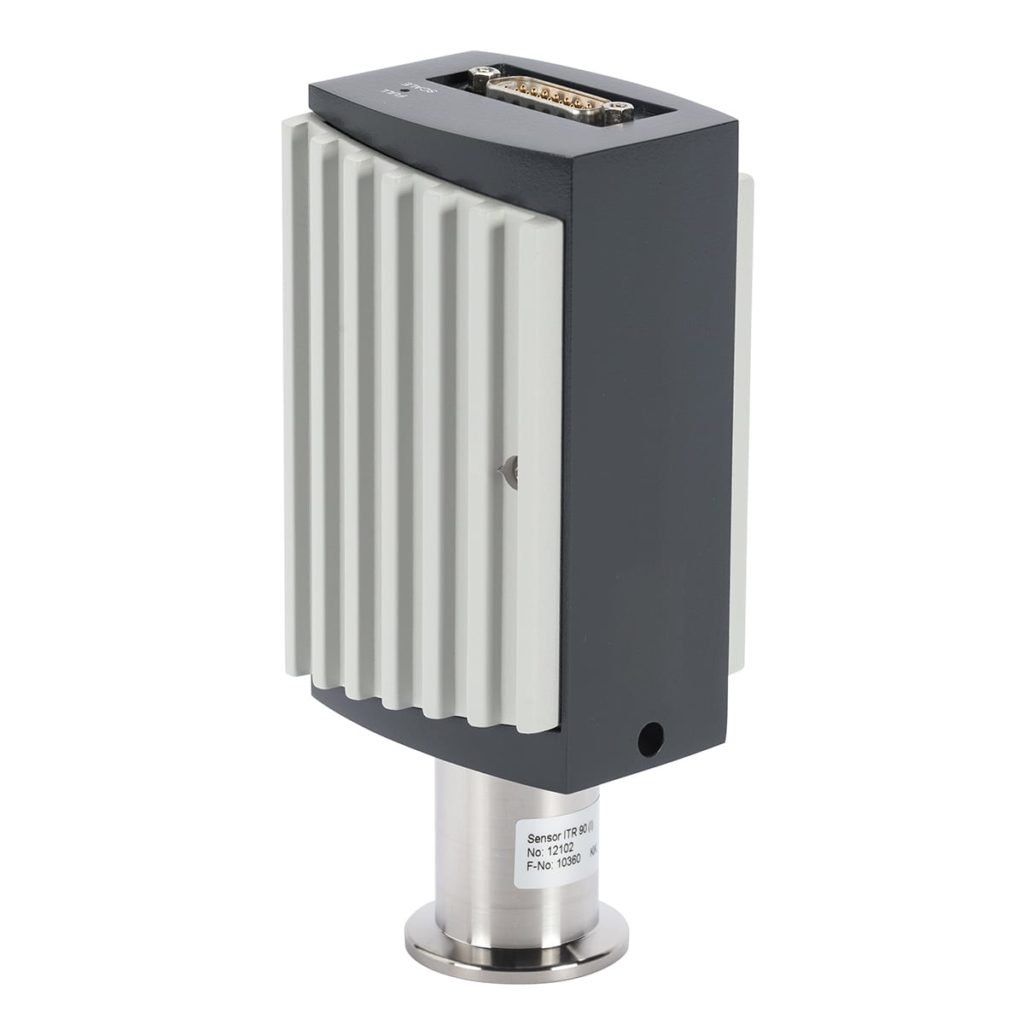Heat cathode ionization
Like the cold cathode, the hot cathode uses a similar method to ionize particles and measure the ion current which is then converted to signal. The big difference is that you do this by heating a filament inside the donor instead. By heating a filament, one creates free electrons. When a particle in the system hits an electron, it is ionized and gets fired through the electric charge and sent to a collector. The collector amplifies the small ion current that arises and converts the current into signal. The signal is then interpreted by an instrument (may be built-in) which is then proportional to the pressure.
The measuring principle does not work at atmospheric pressure (then the filament burns up), but must have a lower pressure in order to start. Most commercial models are today combination sensors, which means that you also have a piranic sensor in the same unit. In this way one can both measure the pressure from the atmosphere down to the pressure when the hot cathode can start. Piranine also determines when the hot cathode mode is to start.
The combination sensor enables measurement of atmospheric pressure to E-9 / E-8 mbar pressure.
Examples of applications:
• Analysis Application
• Evaporation and coating
• Vacuum ovens
• Research and Development

